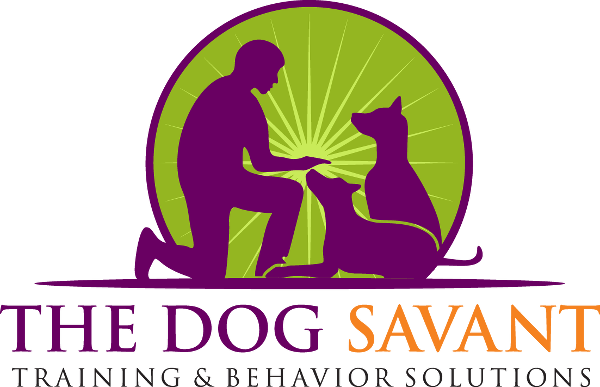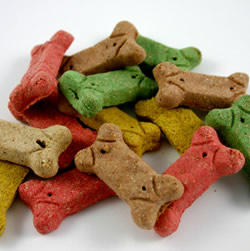Let’s face it. Dogs respond to food. Especially when it comes to dog training. Although we love food too, we do not see it as a life-preserving commodity as dogs do. To them, every morsel is a tiny paycheck that helps pay the bills of life according to what their instincts are telling them. Unfortunately, because of this many approaches to training that rely solely on treats fail. Instead of creating the desired response or behavior from a dog, only training with food rewards tends to create more of what would be described as addictive behavior if the same mindset toward food or a substance was displayed by a human. That is why I have followed this brief explanation with a twelve step program for ending your dog’s treat addiction.
All living things need food to survive. When the instinct to be satiated of hunger is relieved by eating, the brain tells the organism to feel satisfied. A small release of a neurochemical called dopamine is released to the pleasure sensor of the brain when this happens. This chemical creates the feelings we associate with being satisfied or in bliss after a good meal! this feeling also tells you that you do not need to eat anymore until the next feeling of hunger reappears and needs to be relieved once again. What can happen in dogs (us too) though, is that this subtle “pleasure reward” becomes too needy and inappropriately makes them feel as if they need more food. Even though they are nutritionally content. This can be because a dog is a natural “food hound” and need to learn how to see food as something they do not need 24-7. Or they are conditioned gradually over time by incorrect feeding practices and like many unbalances in dogs, are a product of human interference.
When it comes to training, treats have to be used and delivered appropriately. For the most part as a foundation to teach new concepts or commands or when training a young puppy new life skills. Once used as a foundation however, a dog must quickly learn that your commands or requests in life are what matters most to get everything provided. Not just because you have a treat. As needed and decided by you. This means they are not selective in listening just because you have something that gives them their “fix”. Hardly! It actually means they respect that whatever their opinions are in any circumstance, your decisions (training commands, requests, good behavior, etc) matter most in any situation you may encounter together.
If the relationship you establish with your dog is based on understanding and projecting the right energy, commands, once taught correctly, should apply anytime you ask. Not just when the treat pouch is worn. The following are
Twelve Steps To Ending Your Dog’s Treat Addiction:
- Admit that you only can get your dog to listen when a treat is present and your willingness to change that.
- Came to understand that a dog’s natural instincts of communication are more powerful than a piece of kibble or operant conditioning on their own.
- Made a decision to learn how to rethink how we perceive our pets and learn a better way of communicating with them.
- Took a true inventory of our dog’s training strengths and weaknesses.
- Admitted we were not wrong for our actions, but misinformed by the countless misinterpretations out there when it comes to truly understand how dogs perceive reality.
- Become ready to commit to your dog’s rehabilitation of treat reliance.
- Humbly allow nature to guide us in learning to understand our dogs.
- Make a list of all the times our dogs only listened because we had a treat and work on ways to change it.
- Make sure we accommodate all of our dog’s needs (exercise, training, affection, nutrition, socialization) so they are most likely to respond to our requests.
- Continue to work on improving our dog’s abilities to listen to us in all of life’s situations even after they have overcome their treat addiction.
- Become aware of the forces of energy, morphic fields, projection, and other concepts not always at the forefront of our everyday thought. It is for your dog.
- Having realized the benefits of communicating, and not just training your dog, I will spread the message of a dog’s pure view and way of interacting with the world to dog owners and dog parks everywhere!

